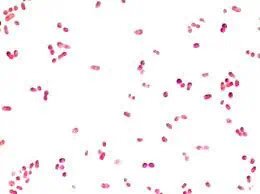Infections by multidrug-resistant (MDR) Gram-negative organisms (GN) are associated with a high mortality rate and present an increasing challenge to the healthcare system worldwide. In recent years, increasing evidence supports the association between the healthcare environment and transmission of MDRGN to patients and healthcare workers. To better understand the role of the environment in transmission and acquisition of MDRGN, Chia, et al. (2022) conducted a utilitarian review based on literature published from 2014 until 2019.
As the researchers observe, "Available observational and quasi-experimental evidence strongly support a significant role of the aqueous environment as a nosocomial reservoir of MDRGN infections both in the outbreak and non-outbreak settings. There is a paucity of randomized controlled trials examining the role of interventions targeting the aqueous environment in reducing rates of MDRGN infections. Existing evidence also provide a strong mechanistic rationale for potential pathways of dissemination of MDRGN through hospital plumbing and wastewater management systems and subsequent spread to patients. These models suggest that infection risk from aqueous environments can be modified via design changes. In addition to established infection prevention measures targeting human to human MDRGN transmission, promising environmental interventions demonstrated in quasi-experimental studies to reduce MDRGN infection rates include regular cleaning with acetic acid, water safe strategies, sterilization of water using chemicals or controlled water temperatures and physical replacement or removal of affected plumbing systems."
Reference: Chia PY, et al. The role of hospital environment in transmissions of multidrug-resistant gram-negative organisms. Antimicrobial Resistance & Infection Control. Vol. 9, article number 29 (2020).
